Fans of Super Smash Bros. and other platform fighters have this week been debating what constitutes as “stalling” and what actions can be taken against it, especially after a controversial match between Zain and one his opponents at The Cave earlier this month.
The design of Smash titles is naturally catered towards a casual experience, which makes determining an enforceable tournament ruleset more difficult. In particular, there’s a growing concern about players stalling matches by indefinitely avoiding interactions with their opponents, which began to reach a head today.
The biggest issue, fans say, lies in the fact the current Smash ruleset does not clearly lay out what counts as “stalling.”
In the Super Smash Con ruleset, which took place Aug. 10 to 13, the rule defines the term as “excessively delaying the game or match.” However, this leaves players scratching their heads at what “excessive” entails. For example, Sonic the Hedgehog gets a lot of hate in the Smash Bros. community for his ability to evade opponents forever, allowing matches to last far longer than if the player were to engage.
A key aspect to consider is a lot of stalling is dependent on characters and matchups. Stalling used to be a more socially acceptable strategy against Ice Climbers in Melee when wobbling was legal, due to the technique guaranteeing an infinite combo off of a single grab. Likewise, Minecraft Steve can be argued to be built for camping due the emphasis on literally walling out his opponent to mine for materials.
One of the most recent events to resurface this debate on stalling was at a Melee tournament in Fairfax, Virginia on Aug. 14 called The Cave.
In a game five set in grand finals, Luis “TheSWOOPER” Olivo faced off against number one player Zain, who played Roy. With 40 seconds left on the clock in an 8-minute game, Swooper took to the air and performed a series of bomb jumps to cause a time out and win the set by default.
This raised questions on whether stalling tactics are fair. On one hand, this specific strategy was used for less than a minute, when the time out was all but inevitable. And yet, there was next to zero counterplay from Zain’s side, since Roy’s aerials are quite weak, making the game noninteractive.
Despite stalling being a persistent issue, many efforts have been made to quantify and minimize its effects. A ledge grab limit has been implemented in Melee to counter players who refresh their invincibility repeatedly from ledge to lure their opponent into a disadvantageous position. The rule in place that allows organizers to classify “stalling” at their discretion is finally being used, meaning TOs can end a game if there is no movement or interactions.
In any game, it’s crucial to consider how certain interactions (or the lack thereof) can impact the health of its competitive scene. As of now, there is currently no unanimous decision on what rules need to be changed in order to properly define stalling.
That said, the Smash circuit is nothing short of passionate, so a clear ruleset will almost certainly be decided upon in due course to ensure integrity.


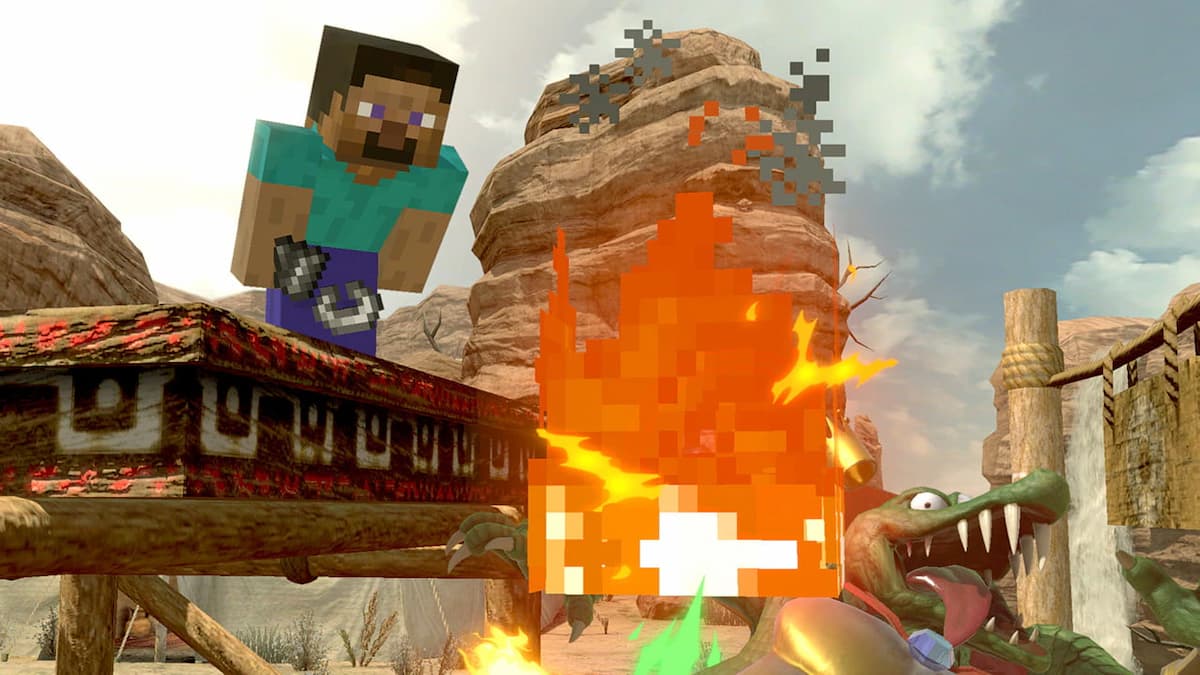
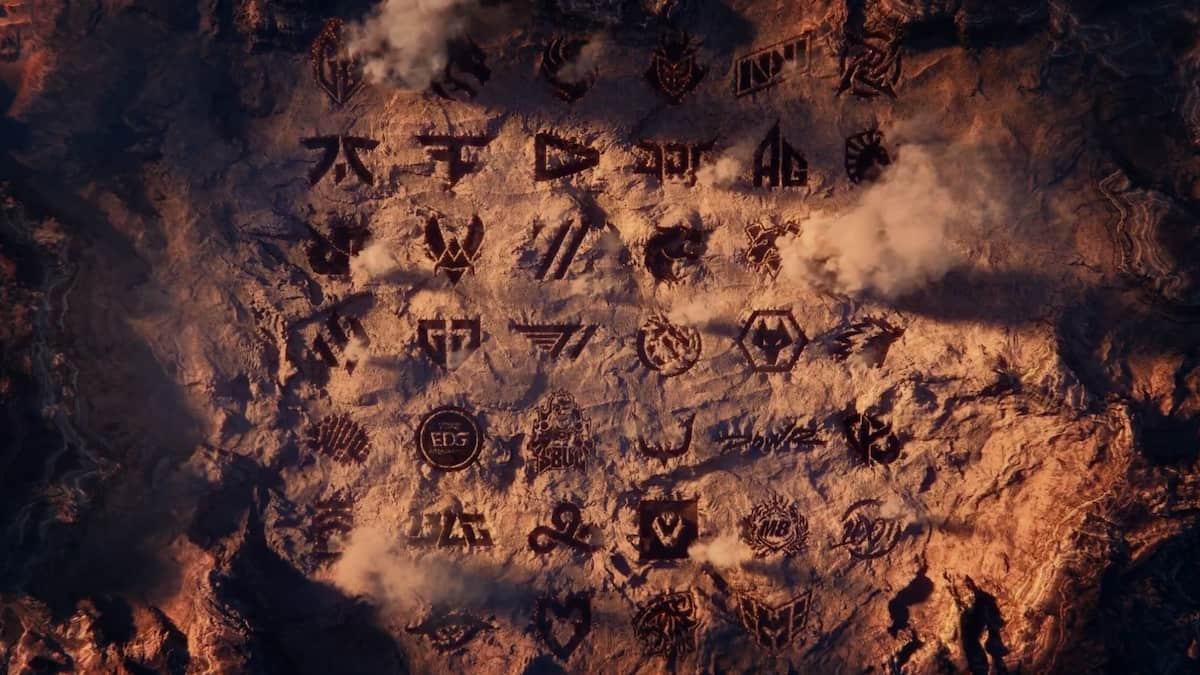
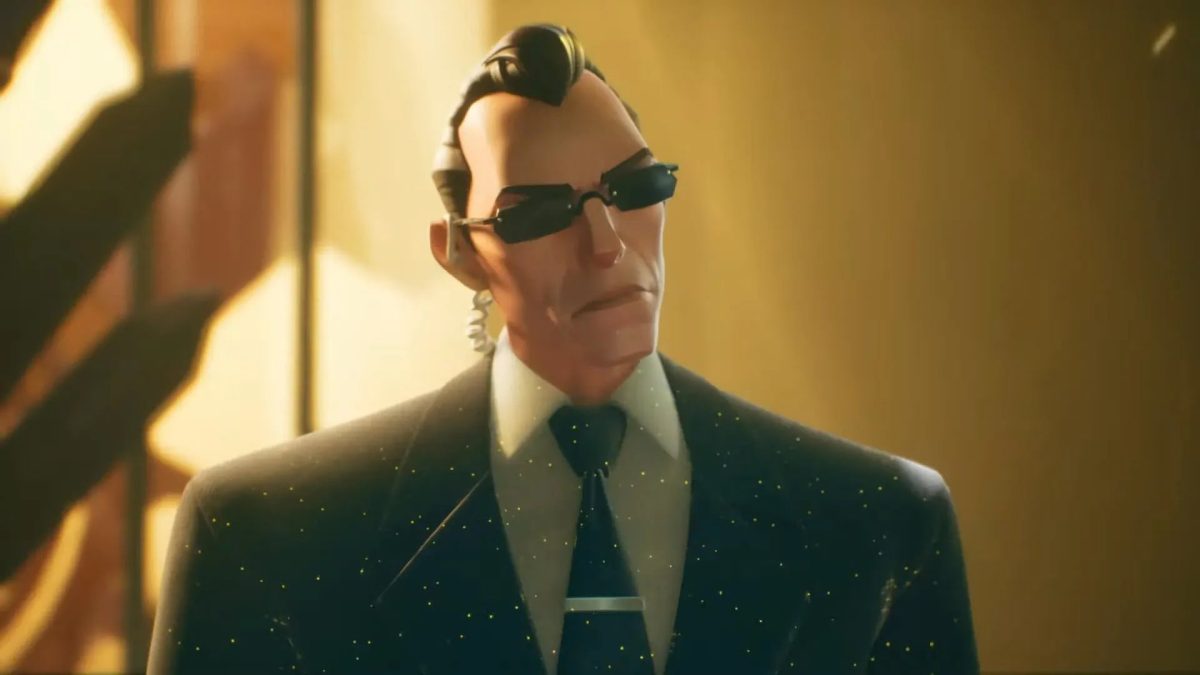
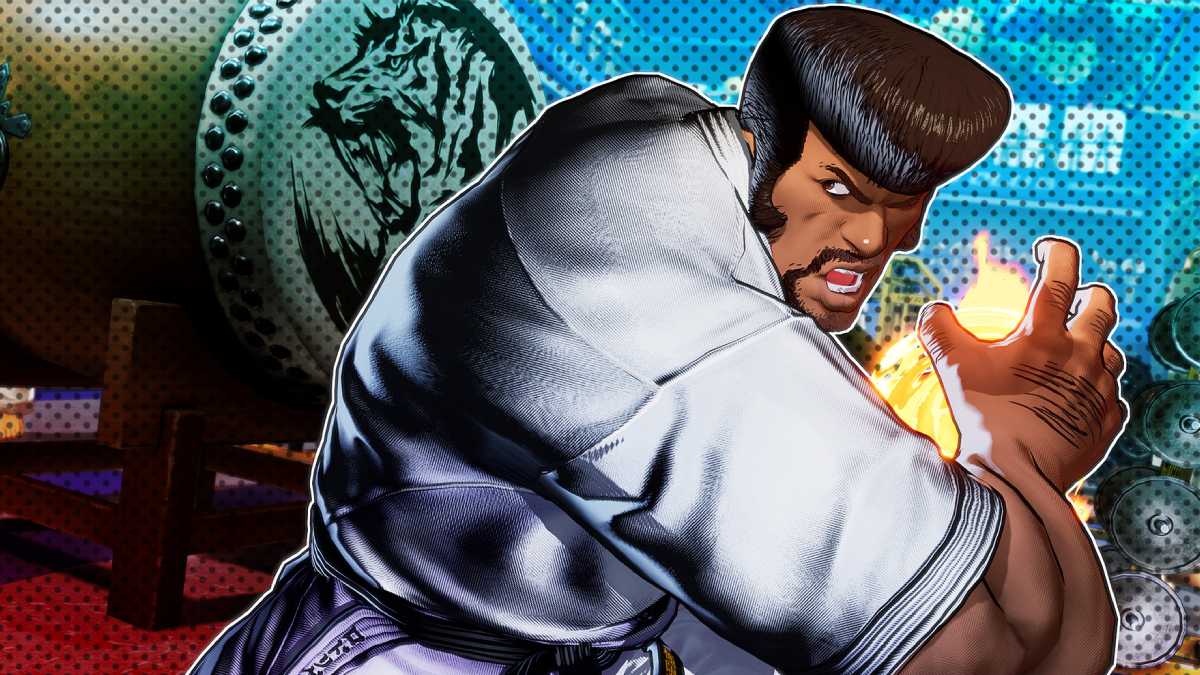
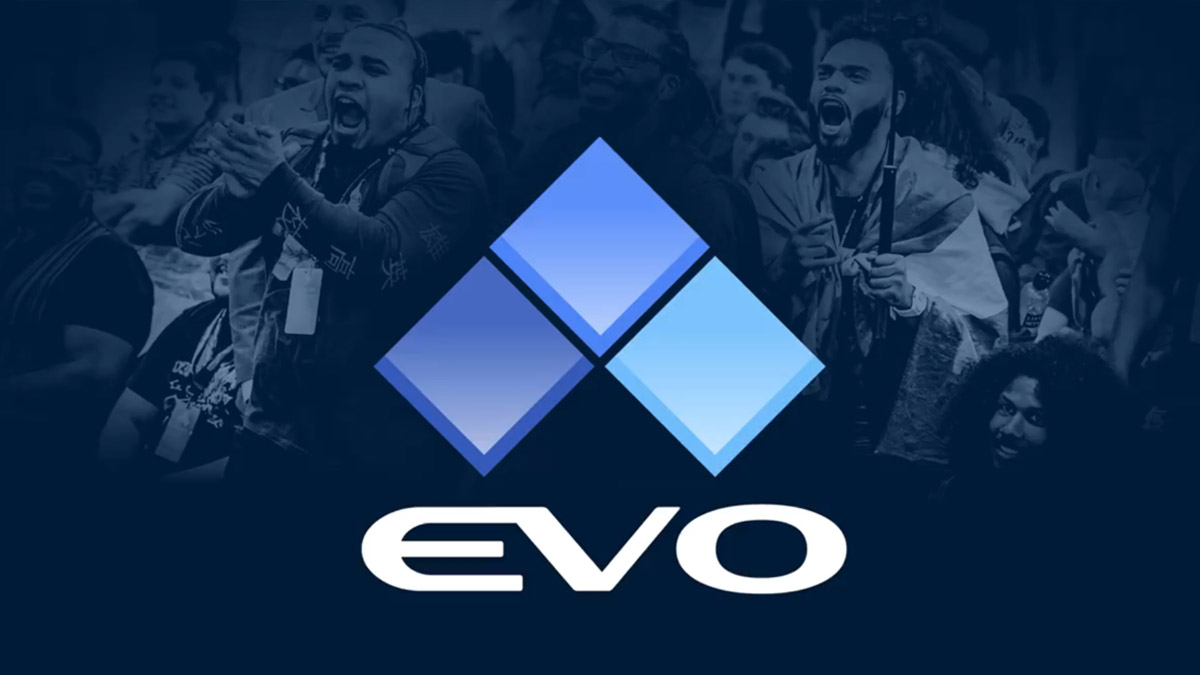
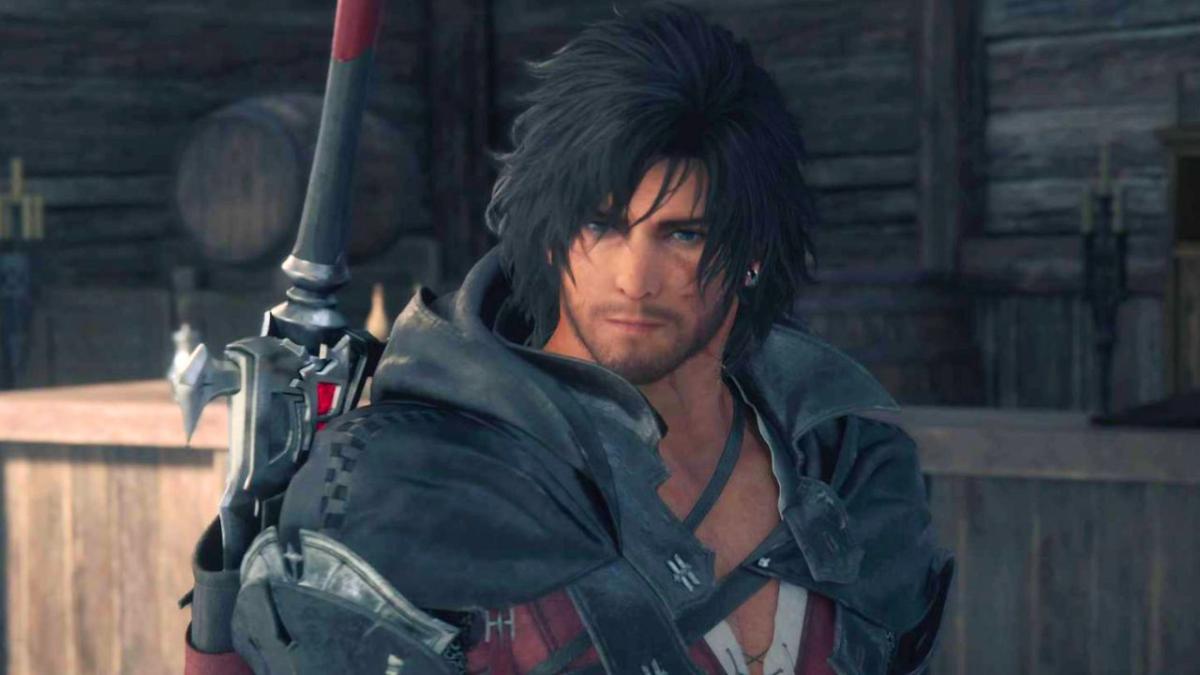
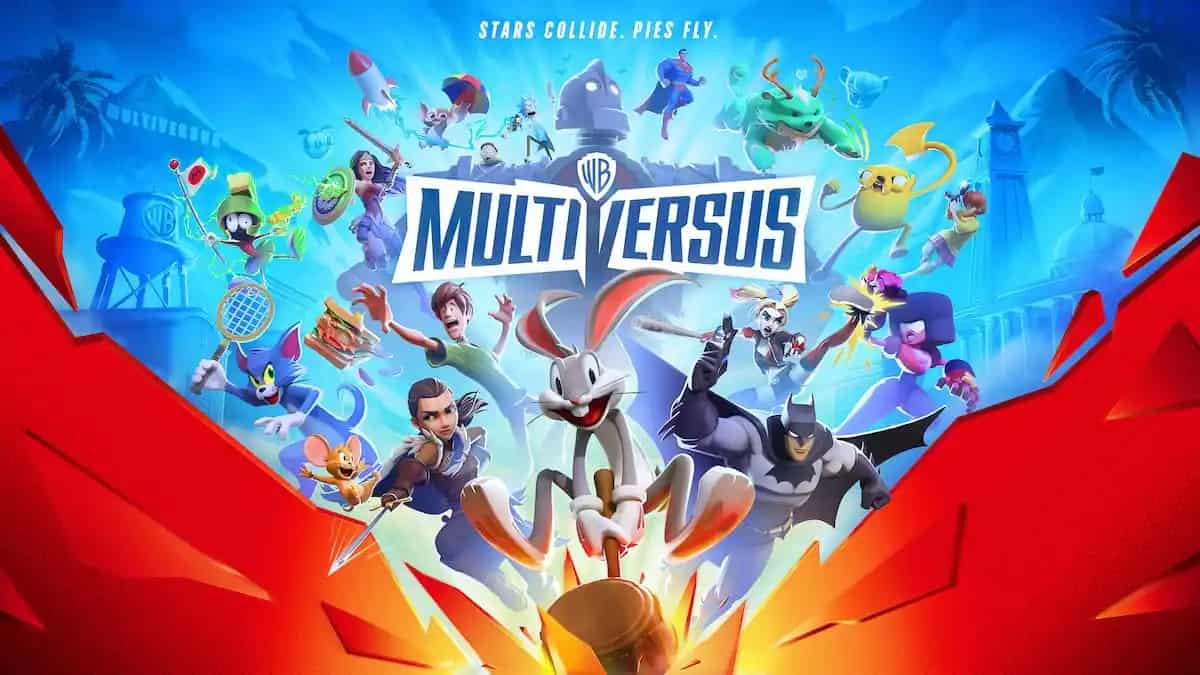
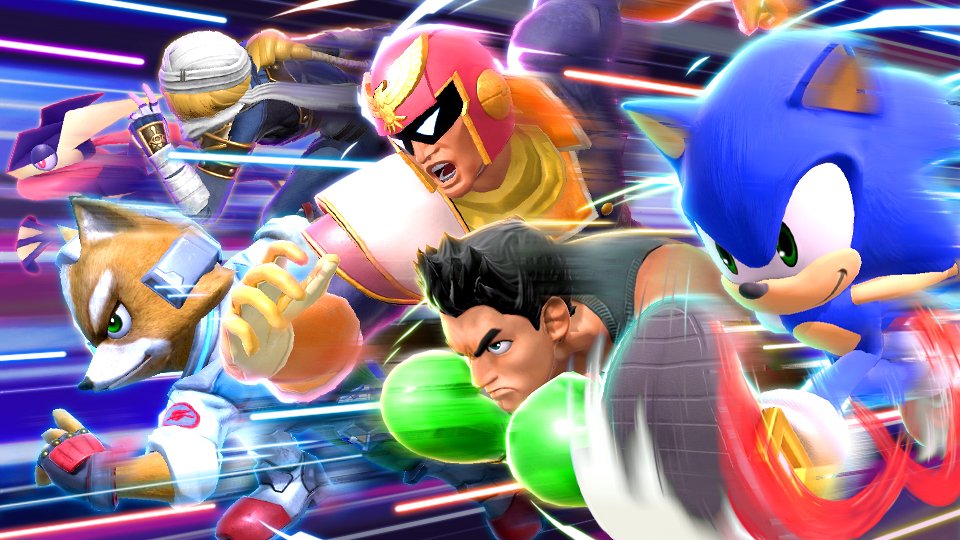


Published: Aug 21, 2023 09:30 pm